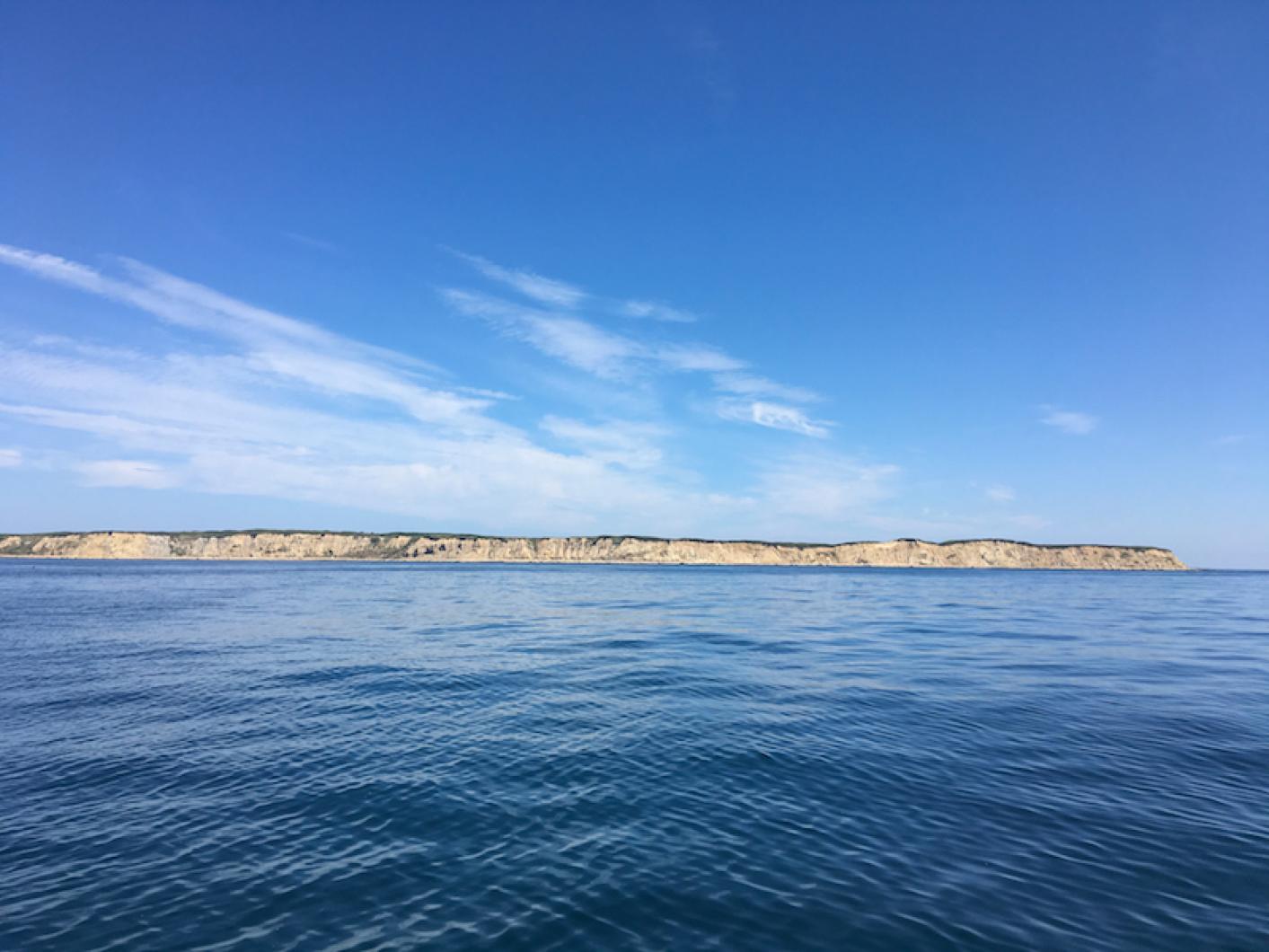Noman’s Land, the small uninhabited island south of the Vineyard, is now home to 13 New England cottontail rabbits as part of an experiment by federal and state wildlife officials to re-establish the native breed.
The 13 rabbits are transplants from Cape Cod, one of the few places where the cottontails can be found. The rabbits were trapped last winter using simple box traps, according to Marion Larson, chief of education for Mass Wildlife.
“You don’t know how many you’re going to get, and you have to make sure you’re getting males and females,” she said.
New England cottontails bear a strong resemblance to the much more common Eastern cottontail (Eastern cottontails can be found in backyards across the Vineyard). Ms. Larson said the rabbits had to be DNA tested to ensure their pedigree before they were admitted to Noman’s Ark.
“We didn’t want Eastern cottontails. In some cases they do interbreed,” she said. “I mean they’re rabbits.”
The hope is that, with ample shrubbery and an advantageous absence of mammalian predators, the rare rabbits will multiply on the island and can later be used to reinforce dwindling populations on the mainland.
According to a press release, researchers believe Noman’s could sustain up to 600 rabbits. A similar colony was introduced on Patience island in Rhode Island.
Ms. Larson said the rabbits eat a diet of green vegetation, bark, twigs, and buds. She said aside from hawks and maybe seagulls, they shouldn’t face too many threats in their new home. Each of the 13 pioneers wears a tracking collar that will allow biologists to track his or her movements.
More than 600 acres in size, Noman’s has long been uninhabited. From the 1940s until 1976, it was used as a practice bombing range by the U.S military. It is now closed to the public because of the potential danger of unexploded ordnance. Before the war years Noman’s was used by New England codfishermen to salt and dry their catch. Fish shacks once lined the shore but are now mostly gone.
In 1998 the island, which lies three miles off Chilmark, became a national wildlife refuge.
Ms. Larson said the island boasts ideal habitats for the New England cottontails, who love dense, impenetrable thickets, shrubbery and young forests. That kind of landscape has become rarer and rarer as young forests grow into old growth or are cleared for development.
“The stuff that you don’t want to push through, they love that for food and cover,” she said.





Comments (12)
Comments
Comment policy »